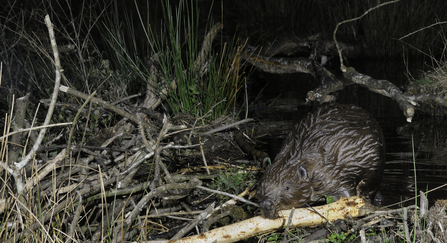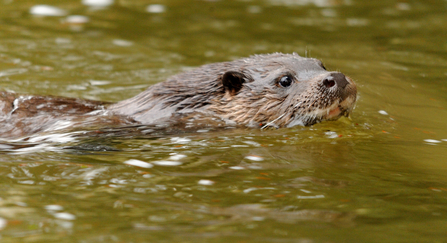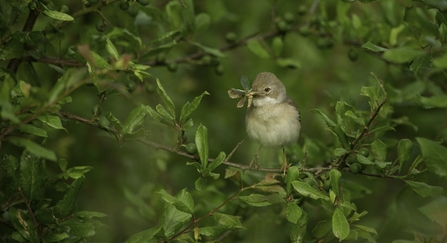In a nutshell, rewilding means the reinstating of natural processes to create diverse and wildlife-rich habitats and landscapes. It is still in its infancy here in our three counties, with opportunities to reinstate keystone species still to come.
These species, such as the Eurasian beaver, have a large impact on their environment, so that other species are dependent on their presence. Their loss causes major disruption to the ecosystem. British Beavers were driven to extinction in the 16th century, and with it their famous dams.




